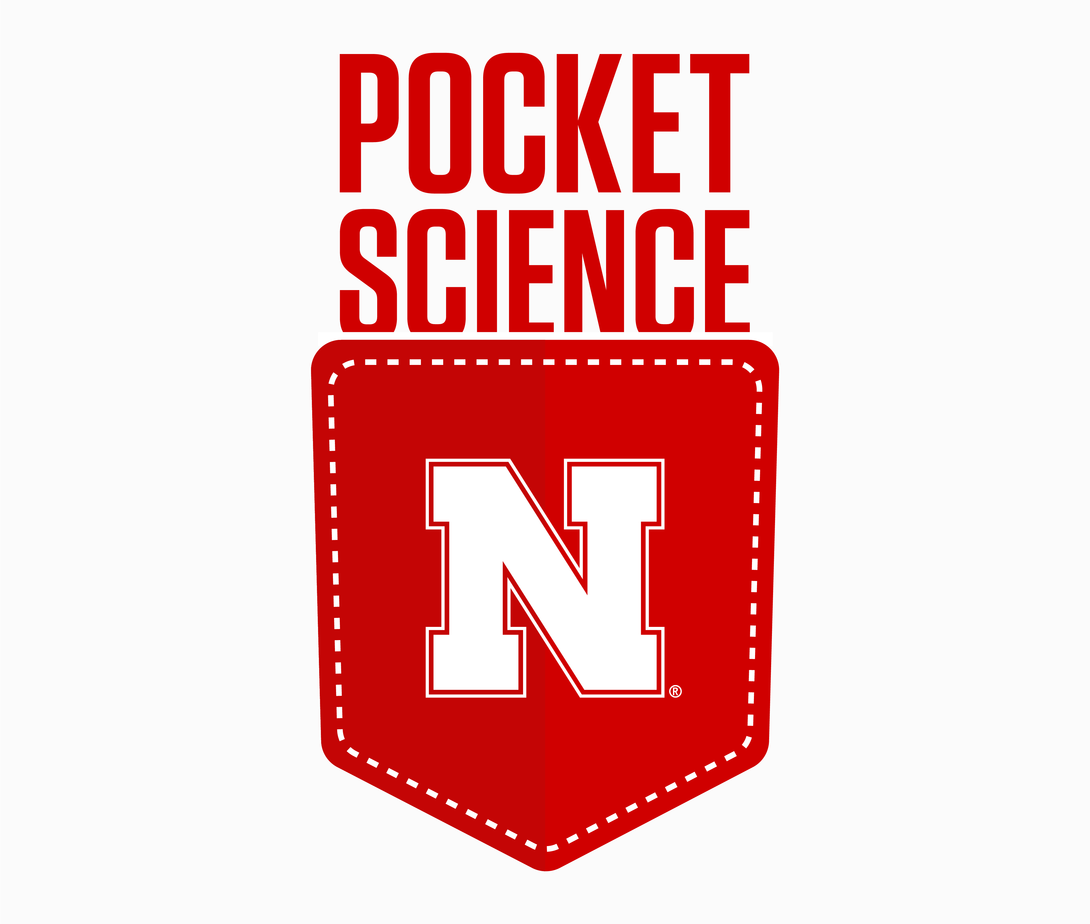
Welcome to Pocket Science: a glimpse at recent research from Husker scientists and engineers. For those who want to quickly learn the “What,” “So what” and “Now what” of Husker research.

What?
In 2017, Nebraska engineer Ali Tamayol and colleagues designed a smart bandage made of conductive, gel-covered threads that can be loaded with antibiotics, painkillers and other medications. By sending voltage through an individual thread via smartphone or other wireless device, a physician or patient can precisely release those medications to speed the healing of skin wounds.
The researchers have now added sensors that can record the pH level and temperature of their bandage prototype, creating the first fully automated bandage.
So what?
Burns and chronic diabetes-related wounds can impair the skin’s natural healing processes, increasing the risk for bacterial infection and, if left untreated, the amputation of an appendage.

Now what?
After further refining the prototype, the research team plans to compare the healing performance of its smart bandage against existing technologies by conducting animal trials.







